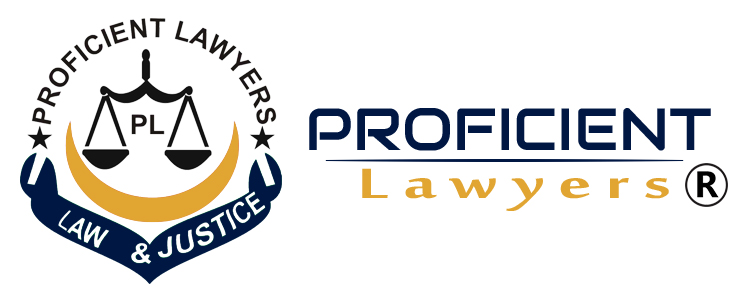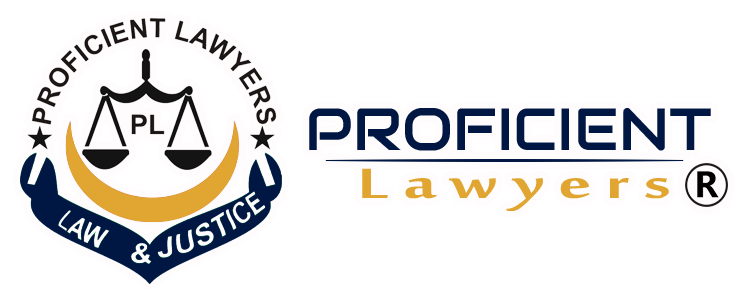It is essential to keep confidential information safe from being viewed by the public regardless of whether you handle sensitive data on employees and customers or maintaining confidential files on company accounts or deals. There are a variety of ways confidential information could be hacked through malicious actors getting access to employee email or taking usernames and passwords. Find out how to safeguard your company’s data and prevent a breach.
Utilize security measures like two-factor authentication and encrypted files, as well as current antivirus software, malware scans and auto-logout to ensure that your electronic files are secure in the same manner as physical documents. Furthermore, using secure cloud-based storage options or network drives to store and save documents can reduce the risk of theft or deletion.
To ensure that paperless Board Meeting no one is able to access electronic documents, you could also require an electronic signature before anyone has access to them. This feature is becoming more popular as it allows companies to verify an individual’s identity before giving them access to private documents. It also promotes optimum security of documents since any changes made are detected.
Custom permissions can help to achieve a higher level of security by allowing managers to control the way sensitive files are opened, printed and copied. A file can also be restricted in terms of the kinds of changes it can undergo, for example, changing the font or design. An examine trail can be added to restricted documents, letting administrators to track user activity and to identify any unauthorised modifications.


